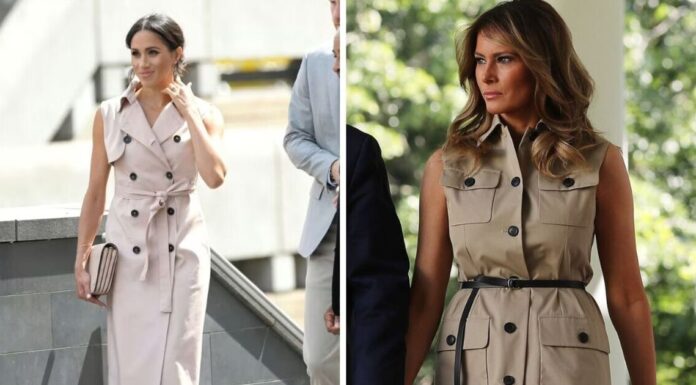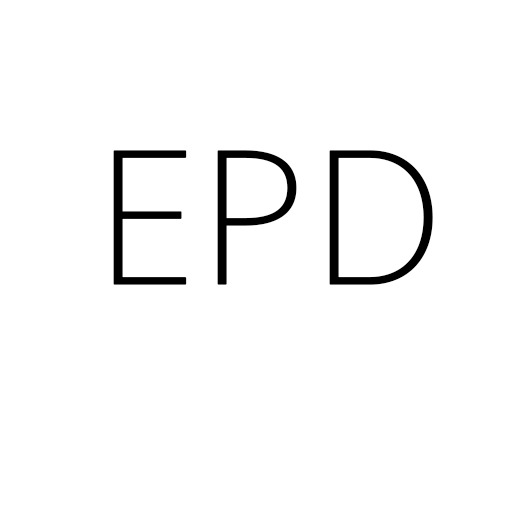The European textile sector is holding its breath. In a 180° turn of events, US President Donald Trump announced on Wednesday a 90-day “pause” in reciprocal tariffs, except for China.
If he were to carry out his threat, products from the EU entering the United States would be subject to a 20% surtax.
We took the pulse of the textile sector at a time of uncertainty.
“European textile and clothing exports (to the United States, editor’s note) represent around €7.5 billion a year. So if Mr Trump maintains his 20% surtax, that means €1.5 billion in customs duties”, explains Dirk Vantyghem, Director General of the European Apparel and Textile Confederation (Euratex).
Italy, France and Portugal, the spearheads of the textile industry in Europe, are likely to be the European countries most affected in this sector. Haute-couture would be particularly hard hit, although some customers would be prepared to pay the extra cost, “because it’s top-of-the-range”, he adds.
An influx of Asian products
More worryingly, textile production in Asian countries that is not exported to the United States could, one thing leading to another, be redirected towards the European market.
“If this tariff wall is established in China, Cambodia and Vietnam, there will be a greater supply of Asian-made clothing pushed onto European markets. So the indirect impact could be even greater than the direct consequence of paying 20% customs duties on American markets”, says Dirk Vantyghem.
While he does not anticipate any repercussions on prices, he does see “a capacity problem”, which could put pressure on European manufacturers.
Aware of this threat, the President of the European Commission, Ursula von der Leyen, declared in an interview with the Financial Times that she would not tolerate an influx of Chinese products onto the European market and that she would not hesitate to take “safeguard measures” if necessary.
For its part, the European Apparel and Textile Confederation is calling on the Commission to favour dialogue over escalation, to avoid falling into a vicious lose-lose circle.
Especially as the European textile industry has already been weakened by “energy prices” and the costs of complying with the European Union’s strategy for sustainable and circular textiles, adopted in 2022, according to Euratex.
Disruption to supply chains
This new situation could also reshape supply chains.
Additional tariffs on Chinese products have risen to 145%.
Although Donald Trump has announced a 90-day break for 75 other countries, the world’s workshops have a sword of Damocles hanging over their heads. If these threats are carried out, the customs duties they face will be particularly high: 37% for Bangladesh and 46% for Vietnam.
“The major European brands are looking at these customs duties and reconsidering their sourcing options”, says the Managing Director of Euratex.
India and Turkey could come out on top. If applied, the surcharges would amount to 26% and 10% respectively. Some clothing companies could therefore be tempted to relocate their production there.








